The Behaviors in my Kindergarten Class are Driving me Crazy!
I thought my directions were simple…
Write name, color, cut, glue, write.
Yet as I scan the room I see and hear the complete opposite.
Students are talking to their friends at their table and the volume is getting LOUDER & LOUDER.
Two students are under the table.
One student is cutting his paper into shreds of paper.
One student tipped his chair backwards and has fallen out of his seat.
Another student is gluing her fingers together.
And now I have a trail of three students saying my name on repeat and following me around the room as I try to help other students.
I can feel my pulse start to get faster, my face is getting hot, it’s hard to focus on the student I am working with…

It wasn’t until I was actually in Kindergarten that I realized just how different this grade level was. Kindergarten is certainly a grade like no other.
Click HERE to check out my FREE 5 Day Classroom Management Reboot Email Series.
Now don’t get me wrong, it’s my favorite grade, I love watching them grow throughout the year and see the pieces come together and things click.
But, I would be lying if I told you that there are definitely certain parts of the year I block out of my mind to keep my sanity AND the picture above was definitely me until I discovered something that transformed my entire classroom.
As a Kindergarten teacher, we have a special job.
We have the responsibility of teaching them HOW to be a student so they can be available to learn and understand the information.
It wasn’t until I had this mental shift and changed the way I delivered the information that I started to see success.

Visuals have truly been the keys that have transformed my classroom and unlocked my sanity.
Click HERE to check out my FREE 5 Day Classroom Management Reboot Email Series.
The power of nonverbal cues and pairing a picture with my directions has been epic!
As I started to have this mental shift I went to the books and research really solidified everything I was thinking…
- Pictures help to store information longer (when words are paired with pictures it goes into long term memory)
- Pictures help to make communication fast and easy because it is simplistic and easier to process
- Pictures help to support comprehension and retain new information
- Pictures motivate learners and capture attention.
Prior to using visuals my directions were just auditory.
I thought I was helpful and clear because the directions were short and to the point and I would repeat them a few times.
It wasn’t until I paired the words with pictures that I truly saw a difference.
When my students can see each step paired with the tool to use they are able to independently follow my two and three step directions with ease.
Also, I don’t find myself repeating my directions over and over. If they need help they can look up to remember the steps and I can also use non verbal cues to point to each step.
Click HERE to check out my FREE 5 Day Classroom Management Reboot Email Series.

Prior to using a visual at the rug my students were all over the place.
When I asked my students to come to the rug they would roll, run, and then slide into their spot.
As I was teaching students would be up, down, touching their peer, shouting out, talking to the person behind them.
It was chaos!
Now…
I have learned the power of practice and we have practiced a lot and we still practice when we need a refresher.
Before we get started on our lesson we make sure we are available for learning by following our visual.
We start with a chant to get our attention.
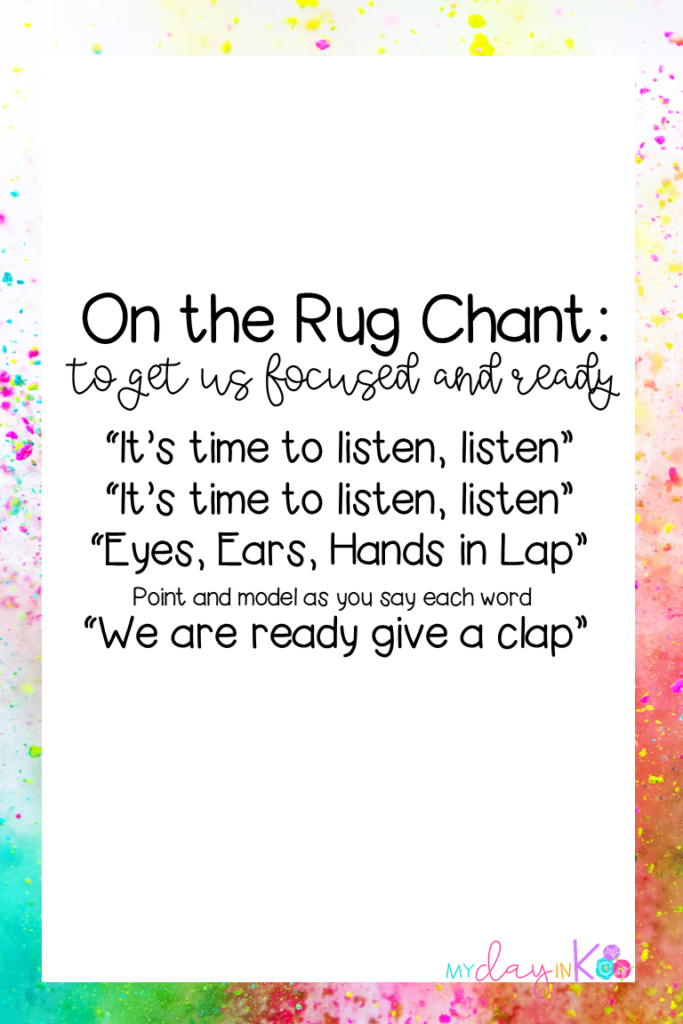
Then we go over each step of our On the Rug Visual
- Legs are Criss Cross
- Hands in lap
- Eyes are watching
- Ears are listening
- Brain is thinking
As we say each part I point to each part and demonstrate the behavior. Then I look for peers who are making strong choices and are modeling the behavior.
I do not begin my lesson until we are ALL ready and focused.
Also, I keep this visual low to the ground so it is easy for my students to see and it is also easy for me to point and give non verbal cues as I am teaching.
Click HERE to check out my FREE 5 Day Classroom Management Reboot Email Series.

Don’t even get me started with the hallway…
I was terrified to exit our room.
It was one thing when we were in the four walls of our classroom, but to have to travel to another location…
As I corralled my class down the hall I was fearful I would run into my principal and be fired on the spot.
Students would..
- talk
- turn around
- bump into each other because they were turned around and didn’t know we stopped
- jump off furniture we passed
- touch artwork
It was nerve wrecking and I was constantly on edge.
Now…
We follow the Hallway HUSTLE (each letter of hustle stands for a hallway expectation)
- Hands to self
- Use walking feet
- Silent
- Turn and face the front
- Look at the artwork do not touch
- Everyone follows the directions all the time (with the class or by yourself)
These expectations are paired with a visual and we go over them each time we leave the room.
With the Hallway Visuals my students see exactly what they need to do and it has helped tremendously with our hallway behavior.
Each time we leave the room we quickly review and look at the visuals and we are ready to make strong choices in the hallway.

Click HERE to check out my FREE 5 Day Classroom Management Reboot Email Series.
I understand how you are feeling because I have felt the exact same way!
I’m so passionate about using visuals because they have truly transformed my classroom and my life.
I want to help you!
You might be asking yourself, how do I make this work in my classroom TODAY?!
There are two ways to implement visuals in your classroom.
In my opinion, the less desirable option would be to take a few years to use your valuable time to take the pictures, make the anchor charts, figure out what visuals you need for your classroom and create each one.
Or
You can save your SANITY and TIME and start using visuals TODAY with my ready to go READY TO GO Classroom and Around School Visual Line.
Click HERE to check out my FREE 5 Day Classroom Management Reboot Email Series.
I have compiled 25 of my go to visuals and digital slides to help run your classroom run smoothly from the beginning of the day to the end.
Click the pictures below to read more about each visual set included.
Classroom Procedure Visuals are truly my life line during the day.
I use them all day every day.
Not only do they help my class, but I have heard from numerous teachers how they help their classes too.
“This is absolutely wonderful. We love reading the posters and refer back to them to help out our friends that need reminding. Thank you so very much. Where were you twenty years ago????”
Directions Visuals are handy to have and use during each activity. After I introduce how to use them I pass the job of posting them to our Teacher Helper (Classroom Job)
I give the directions and then my helper goes to the board and posts each step. This is also helpful because we review and repeat the directions one more time before we get started.
Germs Be Gone, or at least we like to try right?! At the the beginning of the year I use the full size visuals to introduce how to do each step. Then, I post the visuals inside our bathroom so students can see them as they complete each step.
If you utilize flexible seating these visuals help to introduce and run your flexible seating smoothly.
These are perfect to use during class meetings to start discussions. We model and role play each visual and talk about what that manner means and how to use it. I post the smaller visuals in our classroom and we refer to them all year long.
Hallway Behavior Visuals have been a game changer in my classroom. It used to be stressful to leave our room, but now that my students know each expectation we are able to walk down the hall and I don’t mind if we are noticed. The visuals are displayed by our door and we review before we leave the classroom.
Bus Behavior Visuals are perfect to use at the beginning of the year to model expectations and after long weekends, breaks, or a random Tuesday. Also great before a field trip.
There is a review included where students can look at different pictures and talk about whether it is a strong or weak choice and how to change it.
Lunch Behavior Visuals to explain what to do in the lunch room and how to talk to peers while you eat. (First take a bite and chew, then talk)
Outdoor Recess Behavior Visuals to help teach recess etiquette. I have found these visuals to be extremely helpful because recess is such an unstructured time, my students would lose it! When they see and know what to do it isn’t as chaotic. Also, there is a review included to talk about strong and weak choices and how to turn weak choices around. We practice A LOT at the beginning of the year and then when the weather starts to get warmer again after winter.
I think we cringe whenever we hear those dreaded words: INDOOR RECESS! Use these visuals to help model and explain expectations when they are inside during recess.
Voice Level Signs and Posters to explain each voice level are essential. I put magnets on the back of the signs to display during each activity so my students know what voice level is appropriate. Then I keep the posters that explain each voice level on a binder ring near our rug area. Whenever I need to explain or review I can easily grab them and flip to the voice level we need to talk about.
A designated Calm Down Area is such a handy space to have in your classroom to help students feel safe when they need a few minutes to collect themselves. Use these visuals to help your students see appropriate calm down strategies and what they can do during this time to help calm their bodies before they join the class.
Sensory Bins are a hands on and engaging center to have in the classroom. It’s a great way to incorporate Fine Motor Skills, Kinesthetic Learning, Visual Learning, and a variety of Academic Skills in one activity. Perfect for literacy centers, early finishers, or independent time. Sensory Behavior Visuals are perfect to use as you model and practice expectations when using these activities. The simplistic words and pictures will help your young students quickly understand what is expected of them.
Save the School Supplies, Save the School Supplies! These visuals help little learners understand how to use each school supply.
Library Behavior Visuals to model and explain expectations at the library. A review is also included to discuss strong and weak choices and how to turn weak choices around.
Working in group visuals are helpful to use when explaining how to complete activities together. Kindergarten involves a lot of collaborative learning yet young learners still struggle with understanding that it’s not just their world and we live in it. These visuals break down each step and models appropriate behavior. It stresses the importance of making everyone feel welcome and appreciated during group activities.
Finally, a moment of silence for all my cold climate teachers who battle the mitten first struggle every.winter.season. These visuals break down each step and what winter gear to put on first so hopefully you will no longer have students come up to you with just their mitten on. 🙂
Thank you for stopping by.
It truly makes my heart sing to know that my students as well as students outside my four walls are benefiting from these visuals.
I am passionate about helping little learners understand how to be a student so they are available and ready to learn!
To learn about other classroom management ideas sign up for my 5 Day Free Email Series: Classroom Management Reboot
Please feel free to reach out if you have any questions I am always happy to help.
Also, if you use any of these visuals I would love to hear how they are working for you and your students.

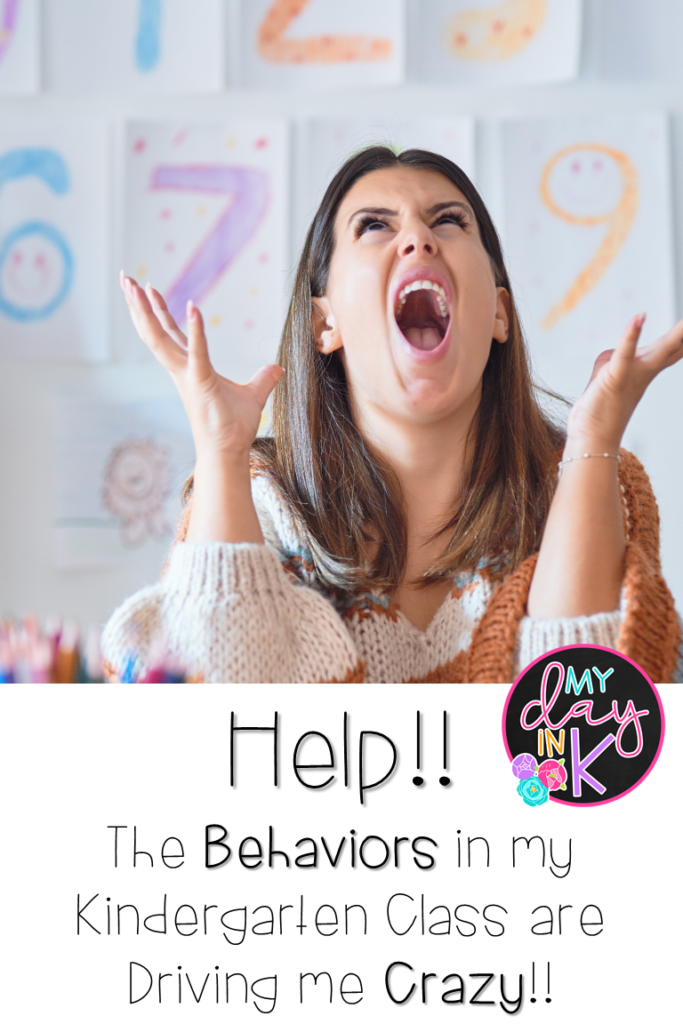

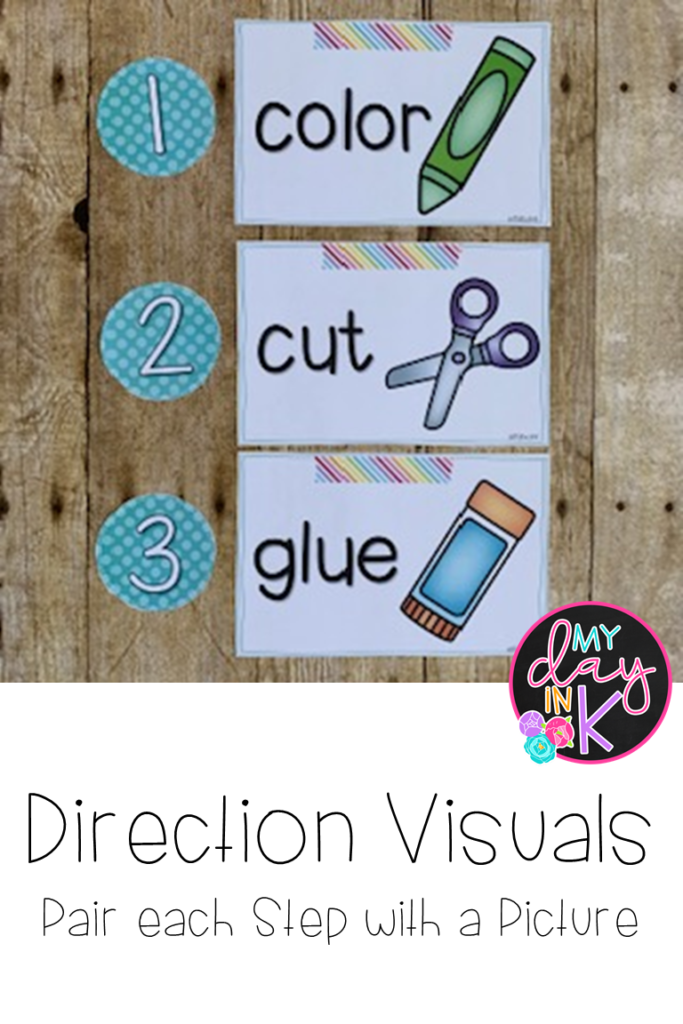
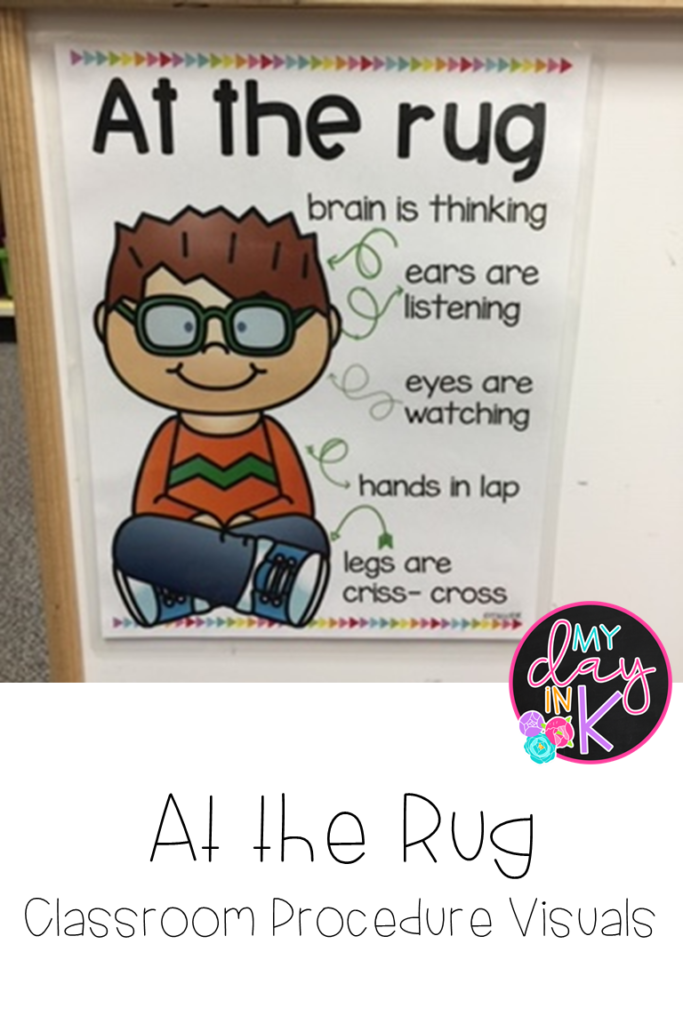
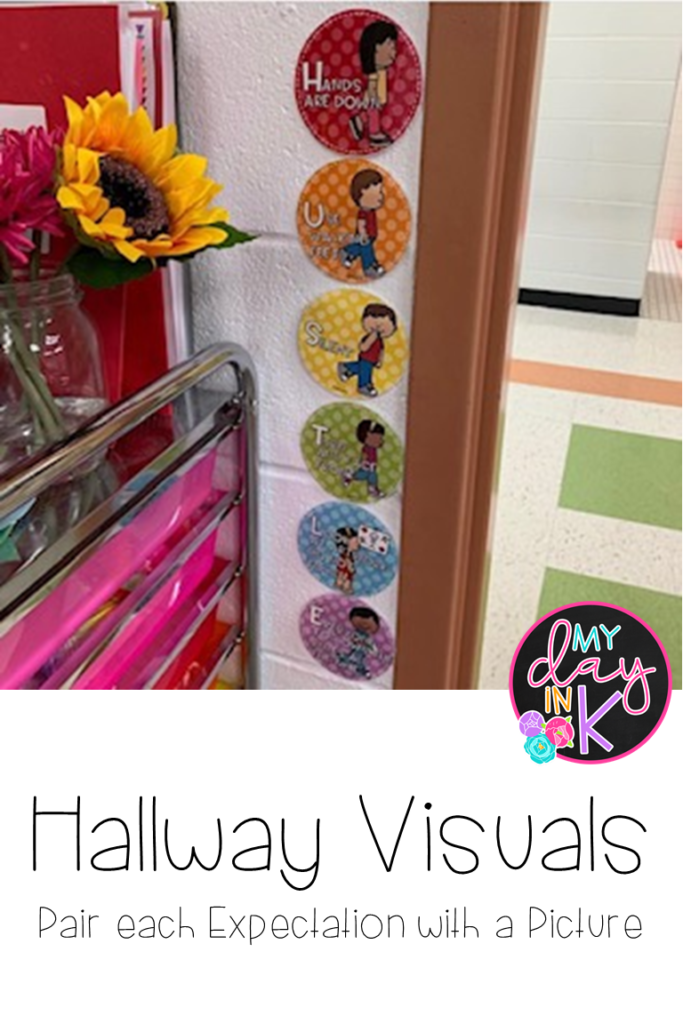

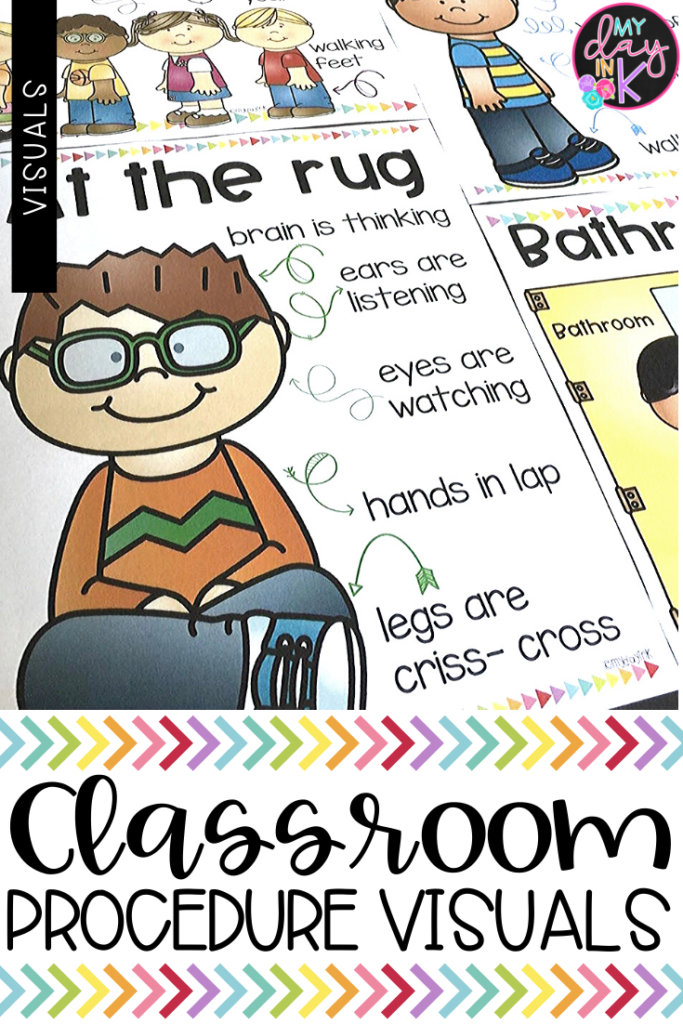
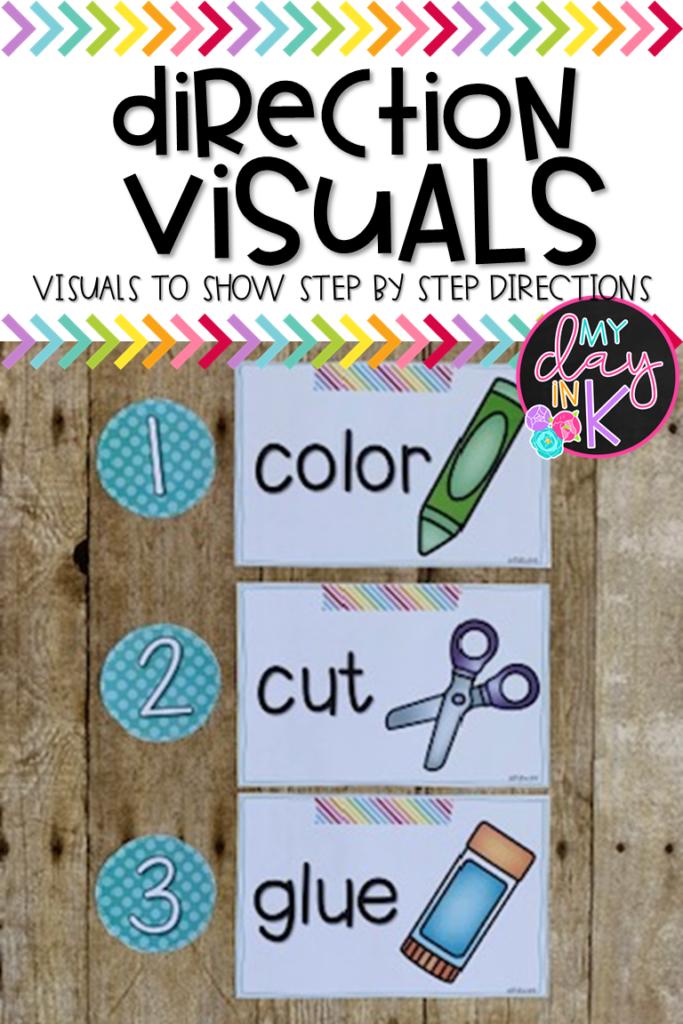
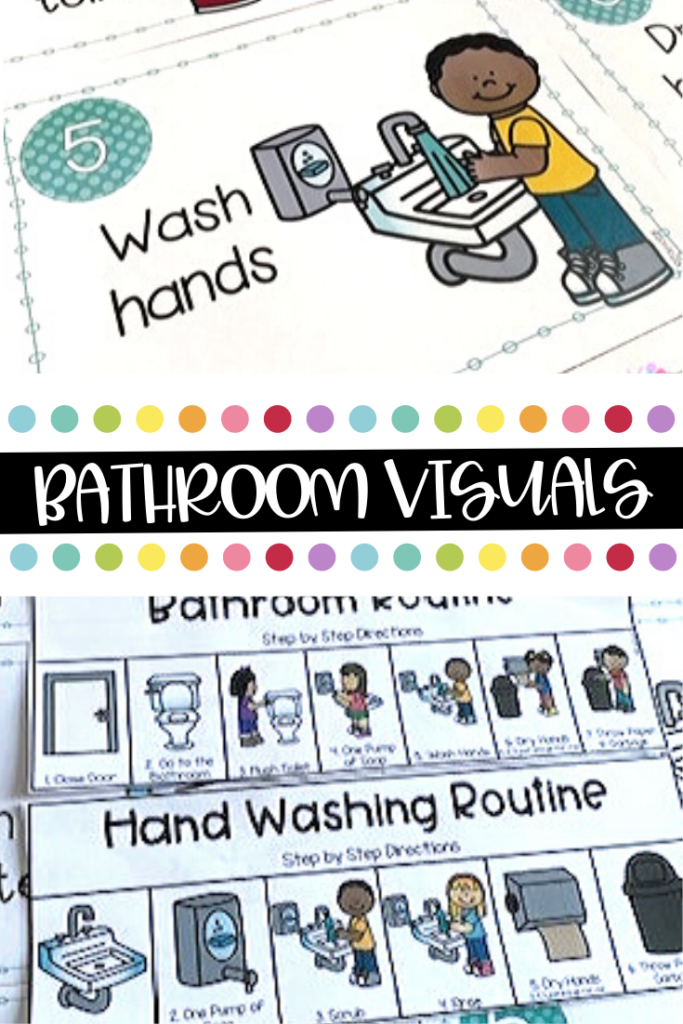
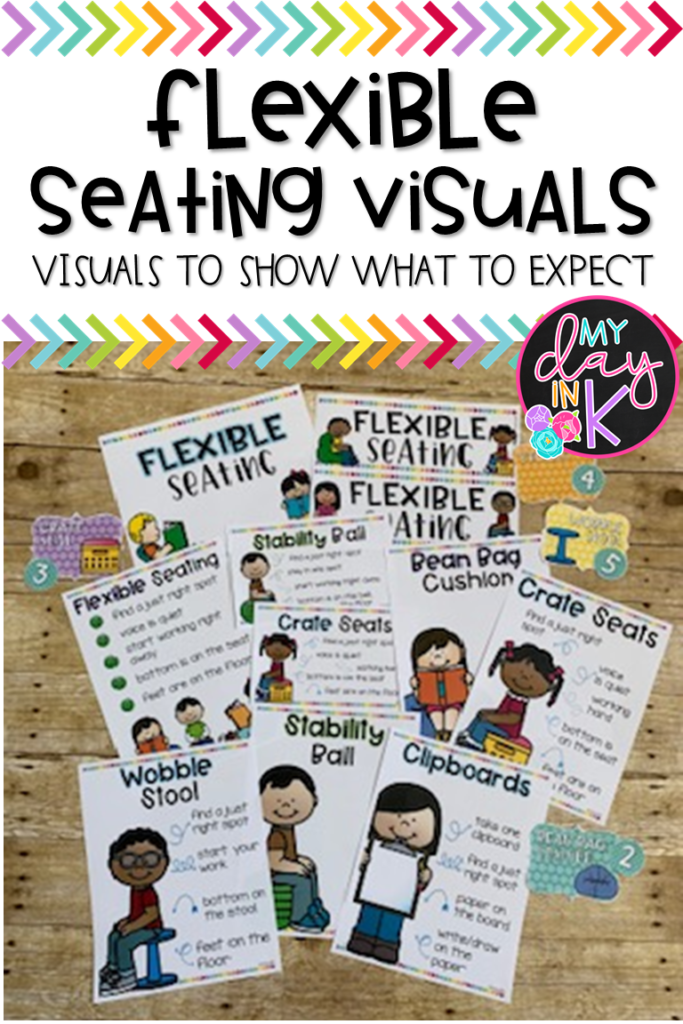
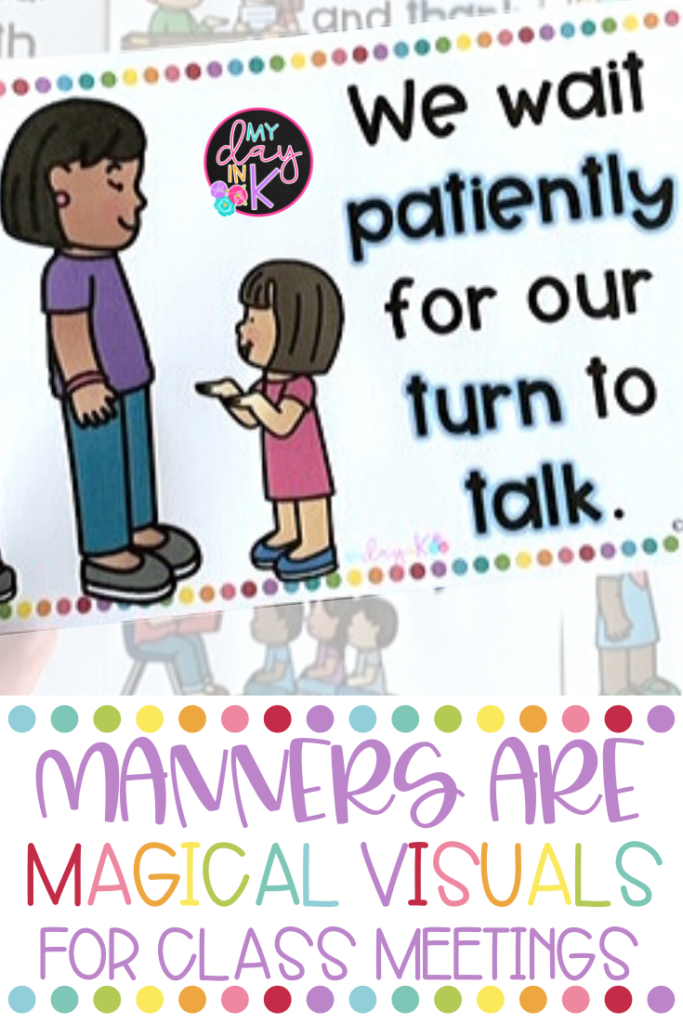
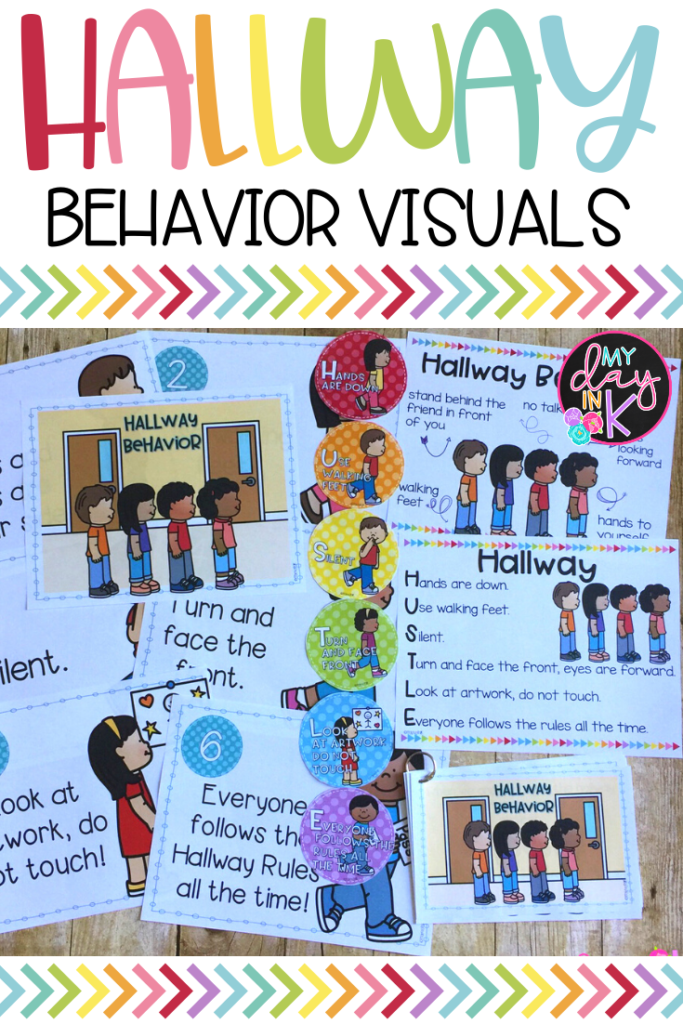
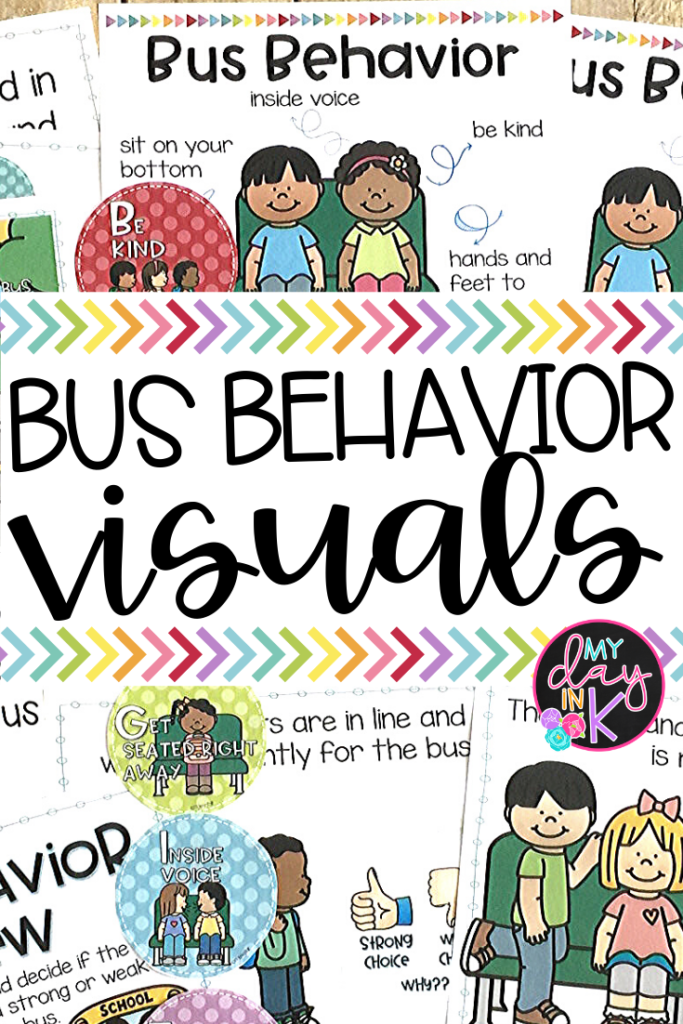

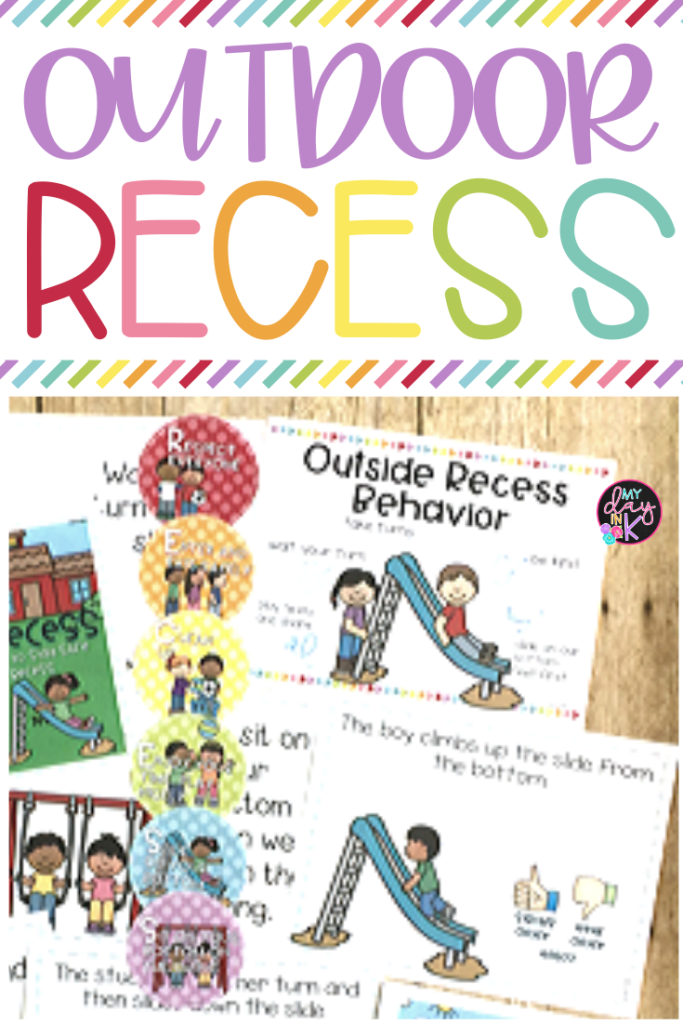

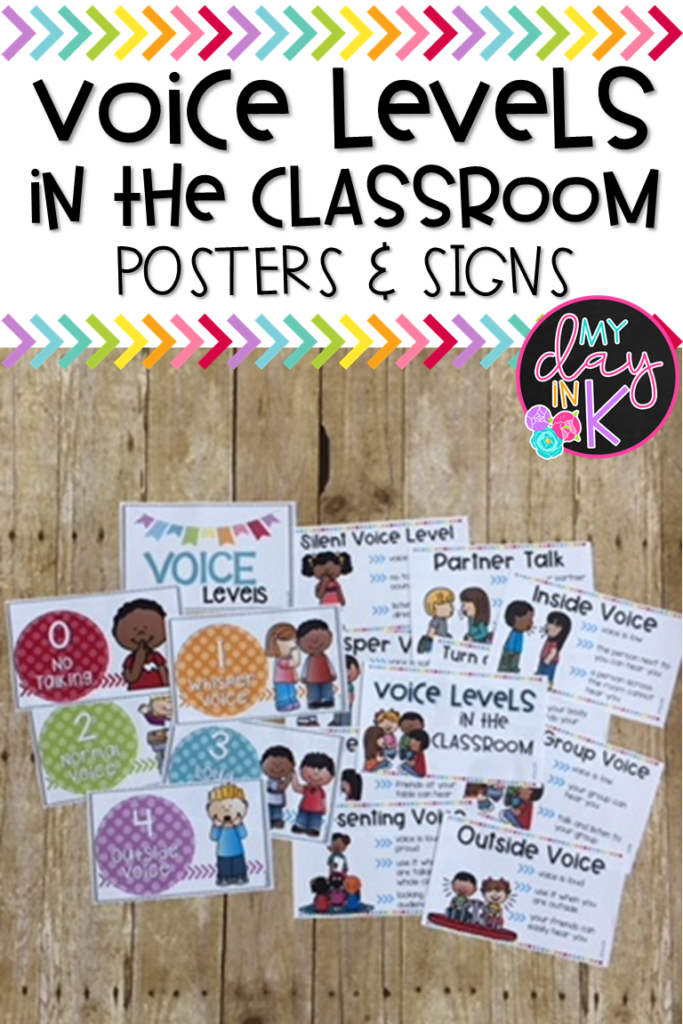
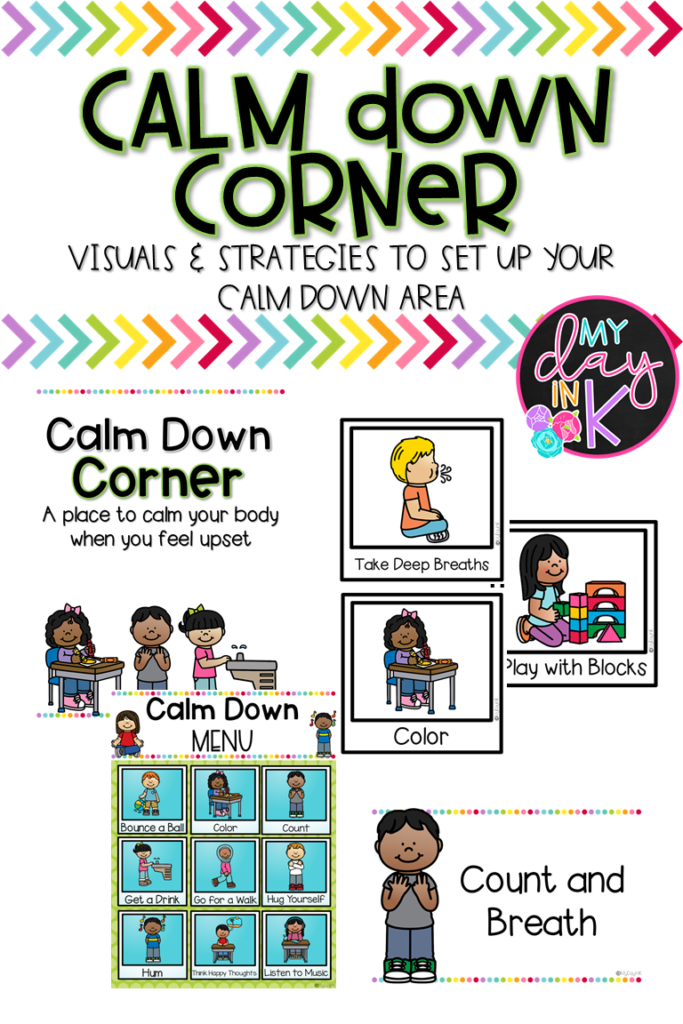
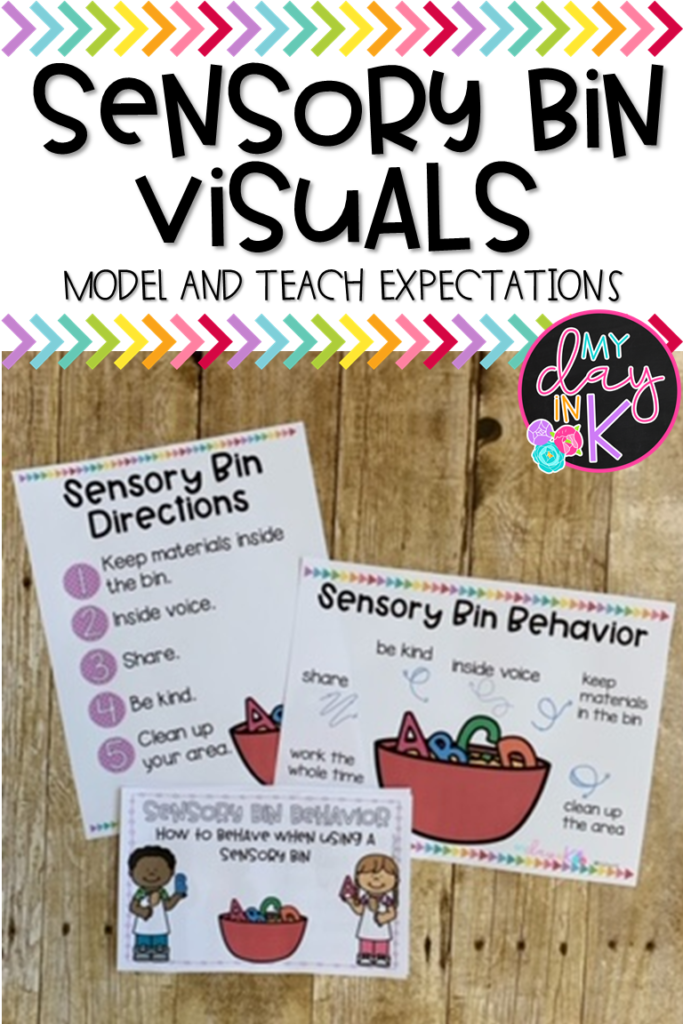
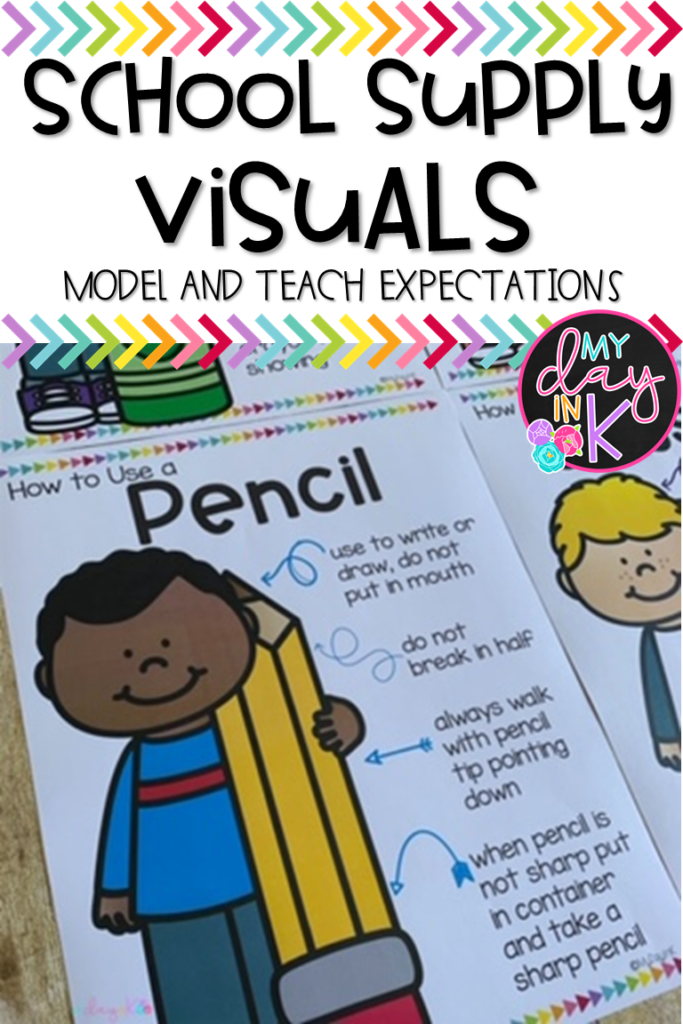
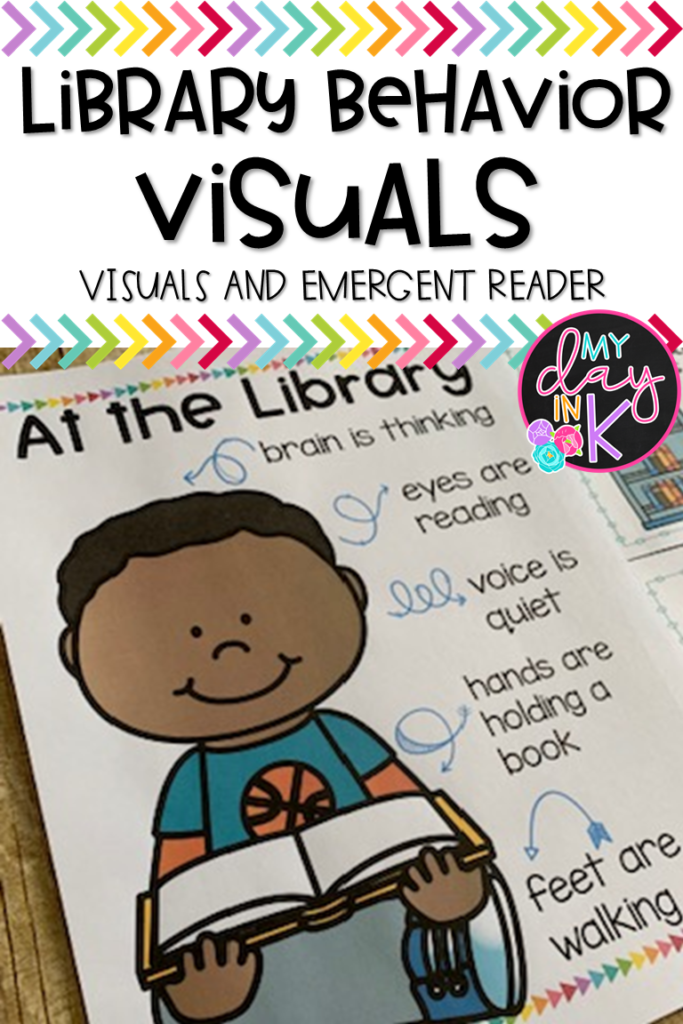

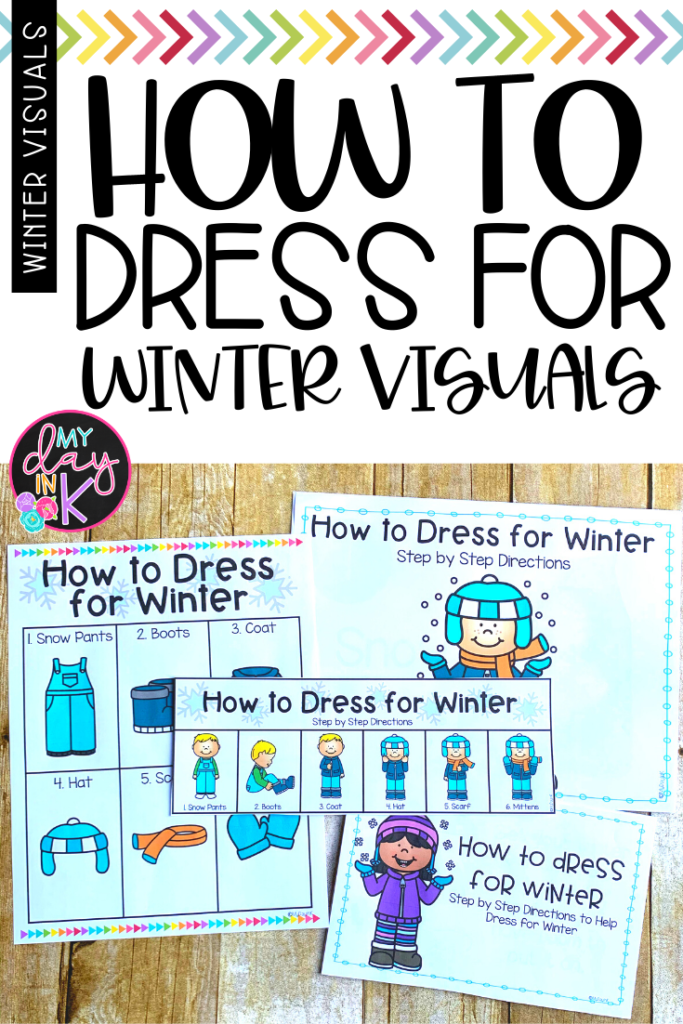
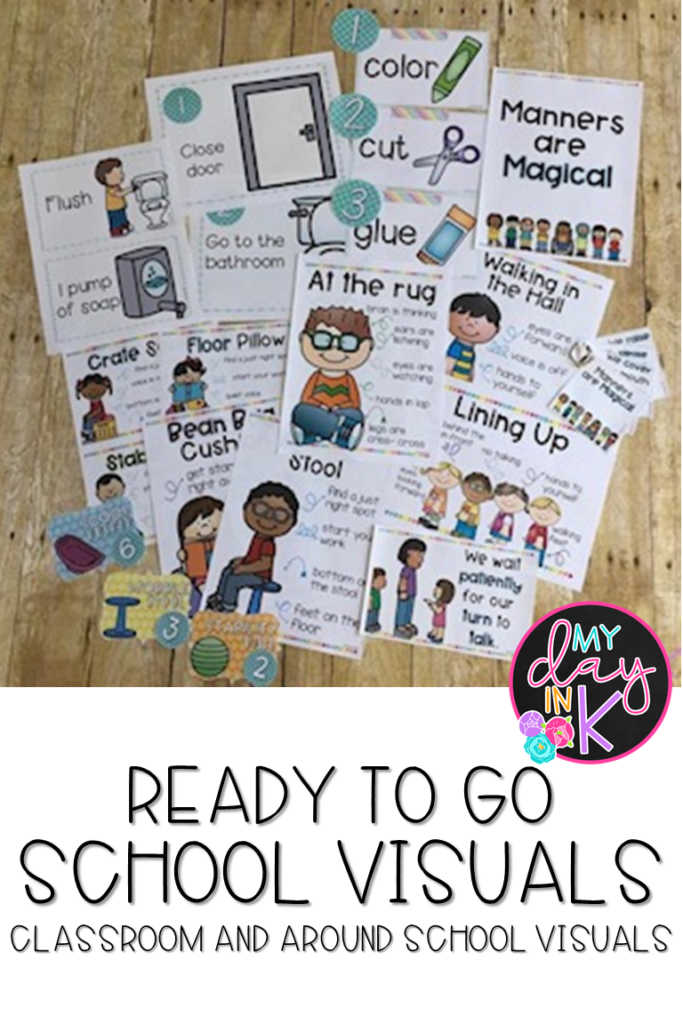
This is so helpful!